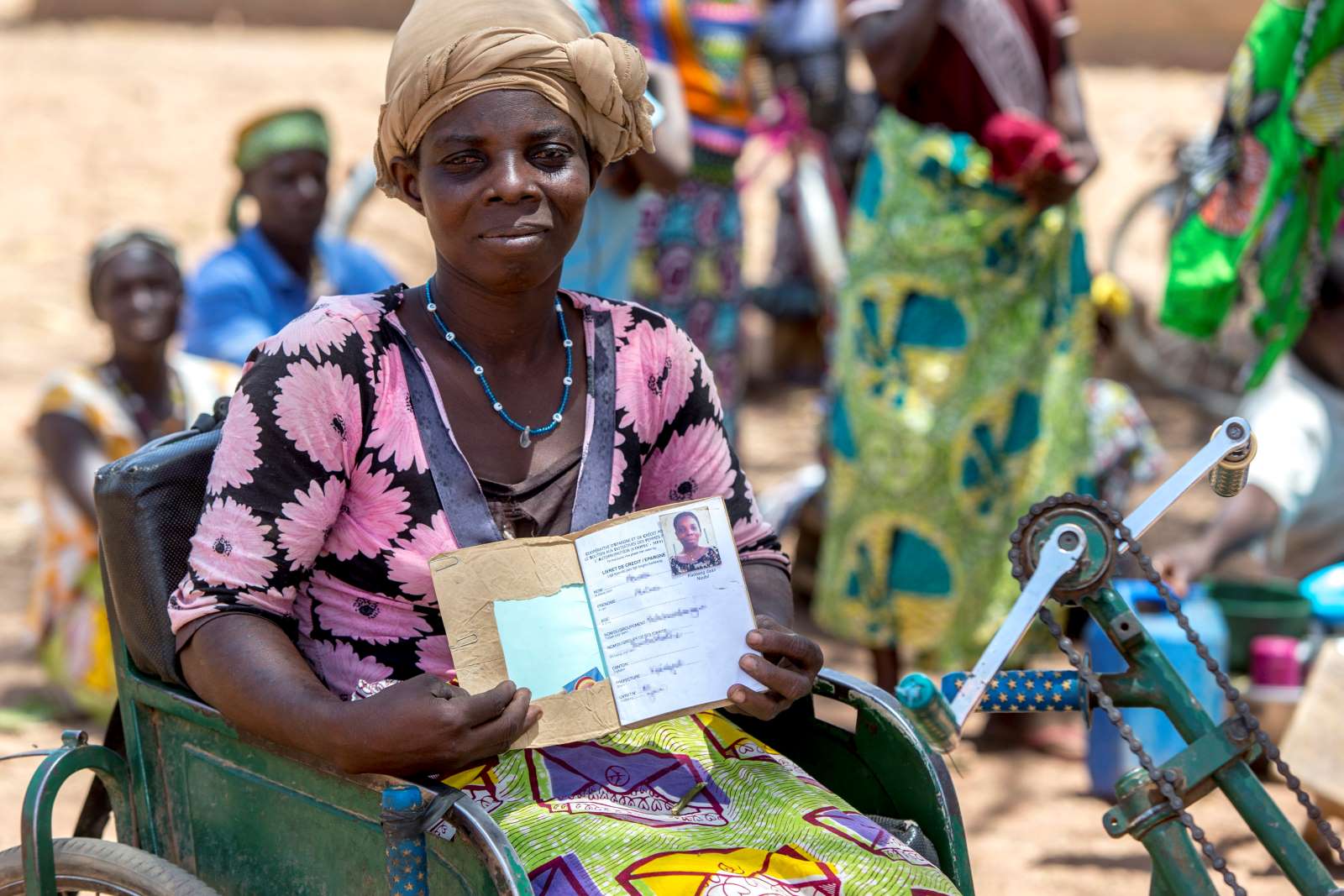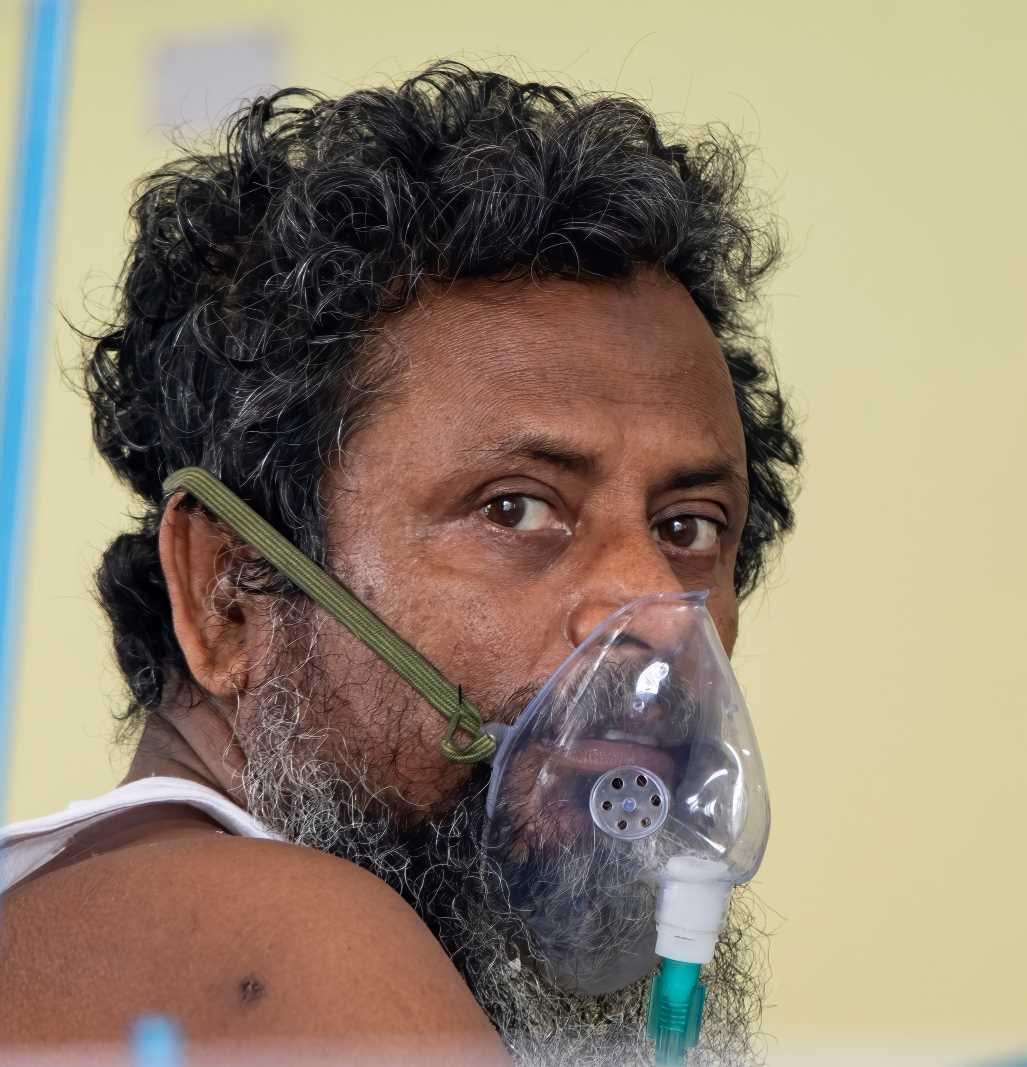Road safety
Enacting and enforcing laws

The number of road-traffic deaths is steadily increasing worldwide. According to data from the World Health Organization (WHO, 2018), approximately 1.35 million people died from traffic accidents in 2016. Yet the rate of death relative to the global population, which is also increasing, remained about the same. In light of the rapid expansion of motorisation, the WHO takes this fact as evidence that at least the problem is not getting worse. However, it also points out that Sustainable Development Goal (SDG) 3.6, to halve the number of global deaths and injuries from road traffic accidents by 2020, is no longer attainable.
Traffic accidents are the leading cause of death for children and young adults between the ages of five and 29. Over half of the people killed are pedestrians, bicyclists and motorcyclists; their share of fatalities is particularly high in developing countries. According to the WHO, 93 % of all fatal road-traffic accidents occur in low- and middle-income countries, which are home to 85 % of the world’s people, who nevertheless own only 60 % of all vehicles. The statistic shows that the risk of dying in a traffic accident is three times higher in low-income countries than in high-income countries. The risk is greatest in Africa, followed by Southeast Asia.
The main reason for major differences in traffic safety can be attributed to the fact that the topic is not seen as a political priority in most developing countries. That is the conclusion of a comparative study by Jordanian researchers and civil engineers (Jadaan et al., 2018). According to the study, other important reasons include differences in people’s mobility habits and the quality of public transportation systems. Oftentimes, in developing countries, many different motorised and non-motorised vehicles share the streets, which cuts down on safety.
The fact that both the number of traffic accidents and the number of injuries and fatalities is dramatically increasing in poor countries is also, in the authors’ view, a major economic problem: in Jordan, for instance, the total estimated cost of traffic accidents in 2009 was $ 516.2 million, over two percent of the country’s gross domestic product.
The WHO recommends that middle- and low-income countries adopt measures that have proven successful in high-income countries. These include, for instance, speed limits, a helmet requirement for motorcyclists and a seat-belt requirement for all occupants of cars, vans, buses, trucks and so on. According to the study, the introduction of laws that make seat-belt wearing mandatory led to a significant reduction in the number of traffic injuries and fatalities in industrialised countries. Improvements to transport infrastructure also played a big role.
The authors of the Jordanian study point out that enacting laws is not enough – they must also be enforced. In developing countries, however, there are often not enough police officers, or they are not well educated or well equipped. Furthermore, there is often no national strategy to improve road safety, and if there is, it is not well implemented. The authors believe that it is urgently necessary that all countries develop, adopt and implement a comprehensive road-safety strategy and establish a safety-management system.
Links
World Health Organization, 2018: Global status report on road safety.
https://www.who.int/violence_injury_prevention/road_safety_status/2018/en/
Jadaan, K., et al., 2018: Traffic safety in developed and developing countries. A comparative analysis. In: Journal of traffic and logistics engineering, Vol. 6, No. 1, June 2018.
http://www.jtle.net/uploadfile/2018/0604/20180604040656698.pdf














